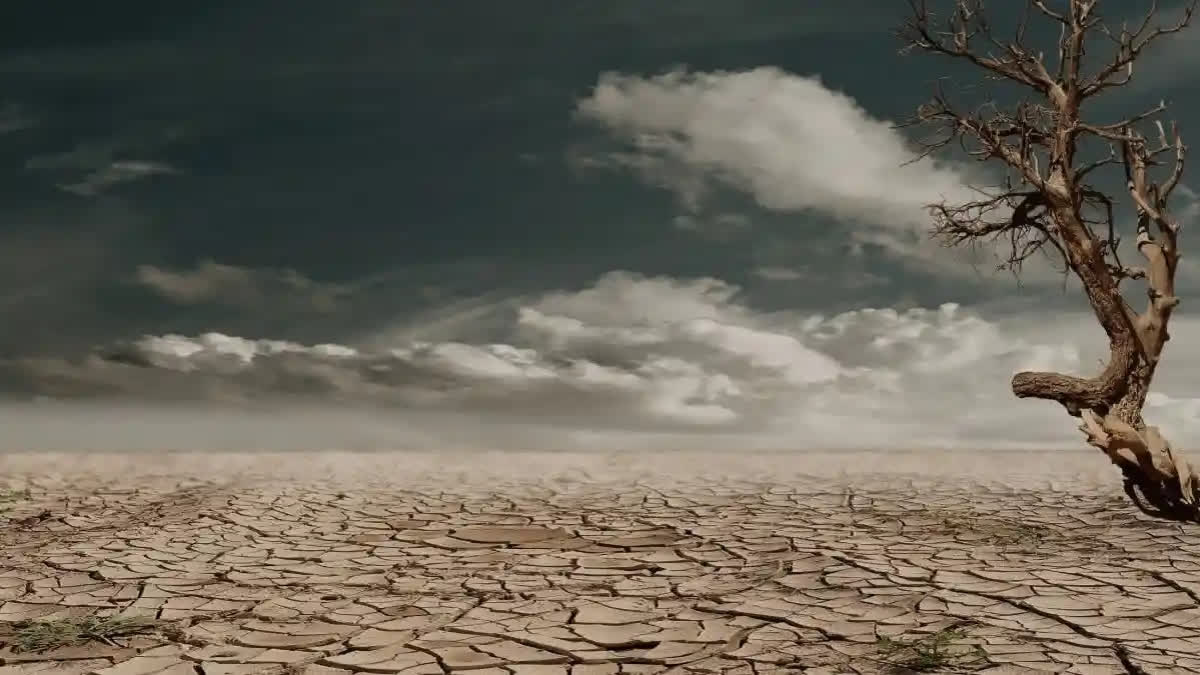Hyderabad:Going by the news media reports on climate change, there has been a growing interest in the oceanic phenomenon called ‘El Nino’ – an occasional warming phase of the surface waters that originates in the distant tropical eastern Pacific Ocean. Why would the people of India worry about something happening in a distant ocean, off the South American country of Peru? It can have a significant global impact on weather patterns and thus economies. The warming of the Pacific waters is intricately related to precipitation patterns in many parts of the world including the South Asian Monsoon - a lifeline for billions of people in India.
Like ‘Yin and Yang” – the Chinese concept of interconnected, but opposite forces,El Niño’ is only one end of the spectrum, and the other end is called ‘La Niña’, formed when the equatorial eastern Pacific Ocean builds up cooler surface waters.First noticed by the Peruvian fishers, they coined the terms El Niño and La Niña in Spanish, meaning “Little Boy’ and “Little Girl”. Scientists call this phenomenon the El Niño -Southern Oscillation – ENSO – cycle.
During normal times the trade winds or easterlies blow parallel to the equator from east to west forcing the warm water from the Pacific Ocean off South America to flow toward the Asian side. The trade winds help push the upper warm water away in this region facilitating the cold nutrient-rich water to rise from the bottom to keep the upwelling processes active - a process that helps the ocean life from microscopic plankton to fish to thrive. But during the El Niño phase, trade winds lose their strength pushing the warm water to the west coast of the Americas, while during La Niña, the trade winds gather strength. However, the fundamental processes that lead to the Pacific oscillation between warm and cold phases lie in the intricate interactions between the ocean and the atmosphere.
The phenomenon of southern oscillation was first discovered by Gilbert Thomas Walker, who was working as the director general of the meteorological observatories in India in 1904. He used his solid mathematical knowledge to develop correlation parameters of vast amounts of weather data from India and other parts of the world. He was the first to report the alternating oscillation pattern of atmospheric pressure between India and the Pacific Ocean and its relation to the variable temperature and rainfall patterns in the tropical regions including India, though no one gave much attention to his findings during those days. Walker was way ahead of his time.
The rediscovery of the so-called “Walker Circulation”, named after Gilbert Walker, was made possible in the 1960s with the help of satellite observations that established the fact that the ocean and atmosphere are indeed “coupled”, with implications for global climate as a part of a complicated feedback loop. These days advanced satellite technologies like the data collected by the Advanced Very High-Resolution Radiometer help us monitor the surface temperature anomalies of the oceans. We are now able to blend global rainfall data from several satellites.
